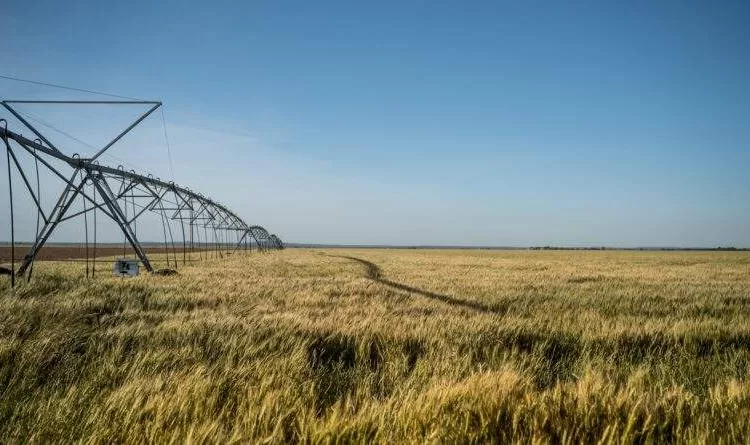Precision agriculture has emerged as a game-changing concept in the agricultural sector, allowing producers to optimize their operations and boost their output. Geographic Information System (GIS) services supplied by seasoned GIS solution providers such as Red Planet Group are central to this revolution. This article examines how GIS solutions are reshaping the future of agriculture, revolutionizing agricultural practices, and assisting producers in achieving sustainable and effective crop management.
Enhanced Crop Monitoring and Management:
By coupling geographic data with various agronomic parameters, GIS services provide farmers with valuable insights into their fields. GIS allows producers to precisely monitor and analyze vital factors such as soil moisture, temperature, crop health, and nutrient content. By utilizing GIS technology, producers can make data-driven decisions to optimize irrigation, fertilizer application, and insect control, resulting in greater crop health and yields.
Optimized Resource Allocation:
Sustainable agricultural practices require efficient resource allocation. GIS solutions equip farmers with spatial data analysis capabilities, enabling them to identify field variability. Farmers can determine optimal fertilization rates, plan irrigation systems, and allocate resources accordingly by mapping soil characteristics, topography, and other relevant factors. This targeted strategy reduces resource waste, lessens environmental impact, and increases farm productivity overall.
Precision Mapping and Field Design:
GIS services enable farmers to generate precise and comprehensive maps of their fields, thereby facilitating precise field design and layout. Farmers can plan the placement of crops, irrigation systems, and infrastructure by incorporating data on soil types, slope, and discharge patterns, among other factors. This level of accuracy assists in optimizing the use of available land, ensuring efficient water management, and maximizing the use of agricultural apparatus.
Remote Sensing and Image Analysis:
Red Planet Group also deploys remote sensing technologies and satellite imagery analysis to provide producers with valuable information regarding crop health, growth patterns, and stress detection. The combination of high-resolution imagery and GIS analytics assists in identifying problem areas, such as insect infestations, nutrient deficiencies, and disease outbreaks. This early detection enables producers to take prompt corrective measures, thereby minimizing crop losses and decreasing the need for broad-spectrum chemical applications.
Decision Support Systems:
The combination of GIS services and advanced data analytics contributes to the development of decision support systems for agriculture. These systems use historical and real-time data to generate predictive models, enabling producers to anticipate fluctuations in yield, market demand, and meteorological conditions. Armed with this knowledge, producers are able to make informed decisions regarding cultivation schedules, harvesting times, and market strategies, thereby optimizing their profitability and minimizing risks.
Conclusion:
GIS solutions are revolutionizing the future of farming by providing farmers with potent tools to optimize crop management, resource allocation, and decision-making as the agricultural landscape evolves. By collaborating with knowledgeable GIS solution providers, farmers can realize the full potential of precision agriculture and implement sustainable and efficient agricultural practices. In a world that is swiftly changing, the integration of GIS for agriculture holds great promise for increasing yields, reducing costs, and ensuring food security.




0 Comments